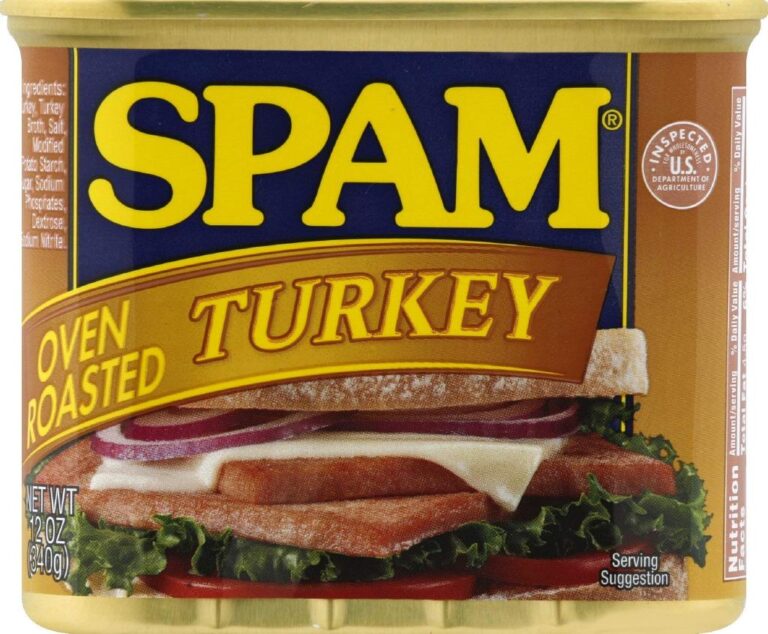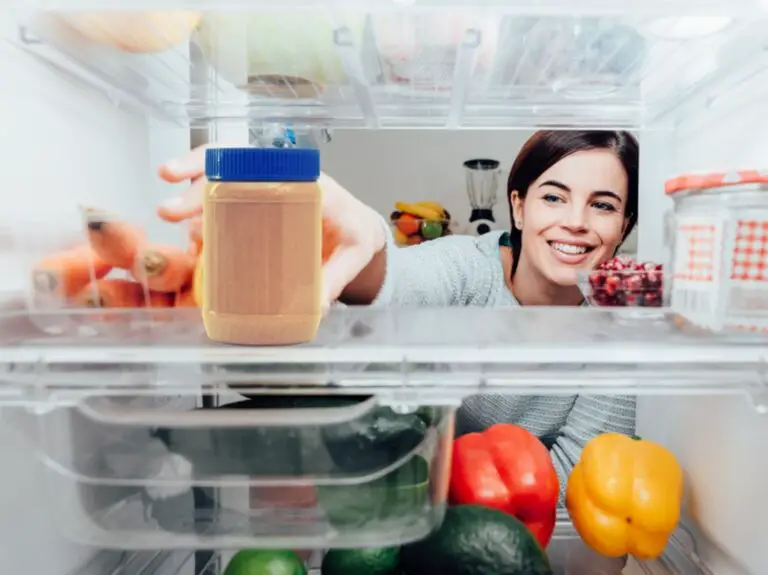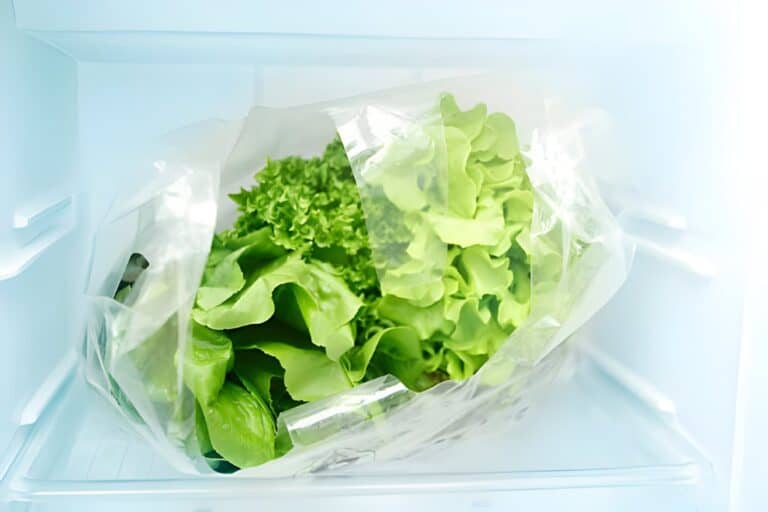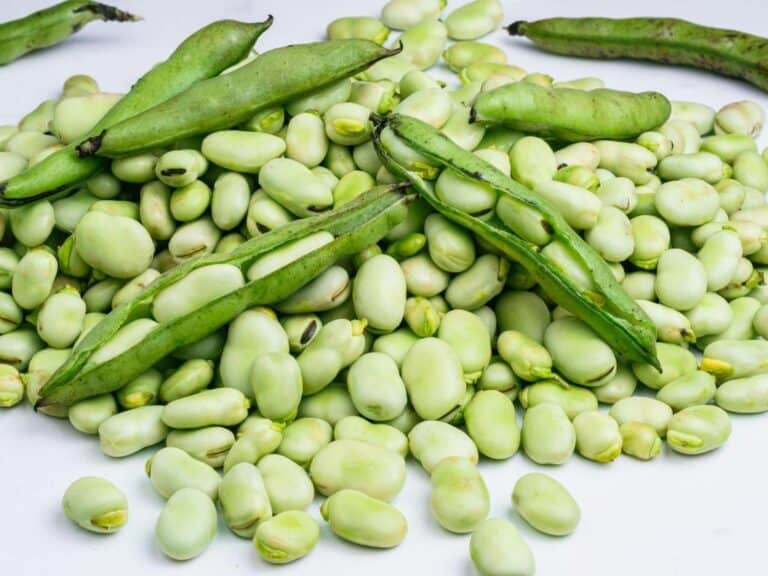The Truth About Keflex and Potential Yeast Infections
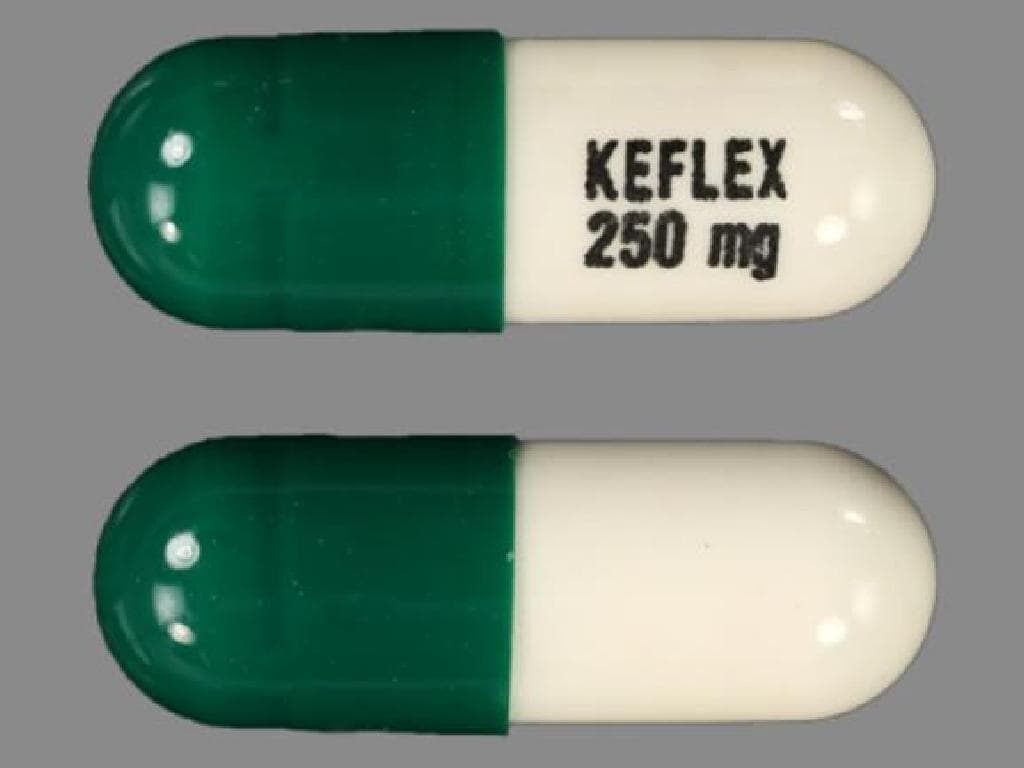
Keflex is a well-known and widely prescribed antibiotic. It is often the first defense against bacterial infections. But Keflex has a less well-known side effect that both doctors and patients are interested in: it may be linked to yeast infections.
This medicine’s effect on gut flora balance is interesting. People who depend on it to treat their illnesses benefit because it does more than just kill bacteria. The complex relationship between antibiotics, like Keflex, and the delicate microbiome in our bodies creates new ways to study their effects. These ways go beyond what we usually think they do.
When we look closely at how drugs interact with our bodies’ systems, we find new layers of knowledge. We might not have seen them before. We are trying to figure out how using Keflex causes yeast overgrowth. This issue is very complex and affects health. We are starting a journey that may lead to new ideas. These ideas may change how we think about antibiotics.
What Exactly Is Keflex?
Keflex is an antibiotic that primarily treats infections brought on by bacteria. This medication might not be as effective against viral infections. Usually, it is available in tablet or suspension form for consumption.
Can Keflex Cause a Yeast Infection?
Yes, Keflex can cause a yeast infection. This is because Keflex is an antibiotic that reduces infections caused by bacteria. Bad bacteria can cause infections, whereas good bacteria protect our bodies.
One key factor causes yeast infections after Keflex use. It lies in its disruptive effect on the balance of microbes in our bodies. Keflex is an antibiotic. It kills both harmful bacteria and beneficial microorganisms. These microorganisms normally keep fungi like Candida in check.
When an antibiotic is consumed, both the good and bad bacteria are destroyed. As the good bacteria are destroyed, our body becomes more vulnerable to developing infections.
The fungus candida can cause yeast infections, which are particularly common in the feminine area. A yeast infection can particularly affect the vulva and the female anatomy.
Lactobacillus is a bacteria present in the feminine area. Lactobacillus makes the private area acidic. When you consume antibiotics like Keflex, they destroy good bacteria like Lactobacillus. This makes the feminine area prone to yeast infection.
Symptoms of Yeast Infections Caused by Keflex
When Keflex causes yeast infections, the symptoms can show up in different ways, and they usually make the person uncomfortable and upset. Itching and irritation in the genital area is a sign that both men and women can recognize. People who take antibiotics may feel this itching. It is a sign that the body’s balance of bacteria and fungi has been upset.
Additionally, people who are taking Keflex and have a yeast infection may also notice an unusual discharge. Usually, this discharge is thick, white, and smellless, which makes it different from other vaginal or penile secretions.
Another noticeable sign that should make people go to the doctor right away is this one. In addition to these main symptoms, Keflex’s inflammation may also cause pain during urination or sex.
How Can You Reduce the Occurrence of Yeast Infection While Consuming Keflex?
- If you observe signs of yeast infection or develop yeast infection every time you consume an antibiotic, it would be better to consult a doctor. An antifungal pill might be prescribed to help you counter the yeast infection.
- Antifungal cream might also be prescribed to you to deal with the yeast infection. Antifungal agents can help protect the good bacteria and keep the yeast infection away.
- Use an antifungal agent at the same time when you start using the antibiotics to reduce the occurrence of yeast infections. You can also start consuming antifungal agents in between the course of consuming antibiotics.
- Consuming probiotics is a good way to help increase the growth of good bacteria in your body. This is an ideal technique to preserve good bacteria in your body, as it does not require a prescription from a doctor.
You can use probiotic supplements or obtain them naturally from food.
- You can consume yogurt to help increase the growth of good bacteria. A little bit of yogurt can also be applied to the feminine area, where you might be experiencing itching or uneasiness.
Remember to use yogurt that contains live cultures and avoid using the sweetened or flavored varieties.
- Avoid using antibiotics if you do not require them. It would be better to obtain a doctor’s prescription before deciding to use an antibiotic.
- Do not wear wet clothes or stay in wet clothes like bath suits for long, as yeast thrives in areas with moisture.
- Avoid having frequent warm baths or staying in tubs containing warm water for long periods of time. This is because yeast is likely to multiply rapidly in a warm atmosphere.
- Opt for innerwear made out of cotton. This helps your skin breathe and prevents you from sweating a lot. Sweating leads to an increase in moisture levels, which can attract yeast.
- Avoid using private-area deodorants, sprays, tampons, or scented pads, as they can irritate the female anatomy.
- It is better to keep your glucose levels in check. High glucose levels can attract yeast.
- Avoid using feminine area douching products, as they can significantly alter the pH levels of the region.
What Are Probiotics and Prebiotics?
Probiotics are live bacteria that can help promote the growth of good bacteria and get rid of bad bacteria. Probiotics can help improve your immunity by fighting off infections and aiding in digestion.
Fermented foods and drinks are a good source of probiotics. Fermented foods would include yogurt, tempeh, sourdough bread, or pickled vegetables like sauerkraut. Fermented beverages would include kefir, buttermilk, miso soup, or kombucha.
Prebiotics are compounds that are present in food that aid in digestion. Prebiotics act as food for the live culture and aid the good bacteria in multiplying.
Prebiotics are found in artichokes, apples, garlic, bananas, chicory, barley, tomatoes, wheat, green vegetables, leeks, asparagus, and onions. Certain food products are fortified with prebiotics. This might include bread, cereals, yogurt, or cookies.
In order to search for prebiotics in fortified products, you would have to search for some words, namely galacto-oligosaccharides, inulin, chicory fiber, Fructo-oligosaccharides, and oligofructose.
As a result, eating probiotics and prebiotics can both help grow good bacteria and cut the severity of the yeast infection.

